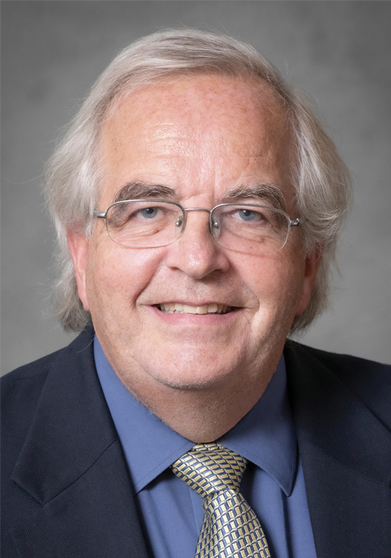
By Darrell Knapp

The September/October issue of Contingencies is focused on public policy and the Academy’s role as the leading voice on issues that need an independent and objective actuarial perspective. The Academy’s public policy efforts help it fulfill the part of its mission to serve the public (the other part: serving the U.S. actuarial profession). Instead of using this space to rhapsodize on all the wonderful public policy initiatives the Academy plays a role in, I thought I would discuss some of the things that help make us successful.
One element of success is having the right relationships. This past spring, the Academy’s Health Practice Council provided comments on H.R. 1 One Big Beautiful Bill Act to both the U.S. House Budget Committee and U.S. Senate after being approached by several parties, including state insurance departments, state exchange leadership, and industry representatives encouraging us to provide analysis. The opportunity to provide comments on this important matter is largely a result of many years of building relationships with key stakeholders who recognize and appreciate the Academy’s role and objective positioning.
The Academy addresses relationships on several fronts. Staff-led by Senior Director of Public Policy Geralyn Trujillo and her team of public policy project managers work with- practice-area volunteer leadership to identify and form relationships with key stakeholders relevant to a specific area of interest. In addition, the Academy has three senior fellows: Rich Gibson (casualty), Cori Uccello (health), and Linda K. Stone (retirement). They are actuaries who are contractors to the Academy and work heavily in the public policy area, focusing on relationships and advancing the Academy’s public policy efforts on critical issues.
As a health actuary, I have had the privilege to work with and observe Cori on a number of efforts, and she has consistently made a valuable contribution to the Academy’s efforts and recognition. Although I am sure that Rich, Cori, and Linda would all say they have an ideal job, all of us owe a great deal to their efforts-and we should thank them for their service to the Academy when we see them.
Additionally, the Academy Board of Directors’ Strategic Planning Committee is currently working on a “stakeholder strategy” project to formalize the identification, growth, and nurturing of key stakeholders across the many issues the Academy touches on both the state and federal levels. Although this effort expands beyond just public policy, it should pay significant dividends in the public-policy space.
Another element of the Academy’s success is the quality of the message. The Academy is currently working with the National Association of Insurance Commissioners’ (NAIC) newly created NAIC Risk-Based Capital (RBC) Model Governance (EX) Task Force, to which we have provided written and verbal comments, and were requested to provide background information in a commissioner-only call. The opportunity to contribute to this matter reflects an extended period of providing high-quality analysis on a variety of RBC-related issues.
Responsibility for the quality of our message ultimately falls on Academy volunteers and our rather stringent review process that is facilitated by our dedicated staff. (Did you know that any statement from the Academy goes through multiple reviews-peer, policy, and legal, and communications review?) A key to that quality is the Academy’s values of independence, objectivity, and balance. Independence requires that volunteers who work on Academy statements do not represent their employers or other affiliated organizations but seek to find solutions within the context of broader public interests. Objectivity means that Academy statements do not typically take a public policy position but strive to present the anticipated outcomes of certain actions based on facts and actuarial principles. Balance means that when developing statements, we seek to engage, understand, and reflect different perspectives to address varied interests and needs of the broader population that may be affected by a proposed policy. Balance also requires us to consider and/or include the perspective of all volunteers working on a particular statement and to seek a group of volunteers that will be able to provide a diverse set of perspectives.
In April, I had the privilege of attending the Academy’s “Hill visits.” Small groups of Academy volunteers from different practice areas meet with staff from congressional offices, committees, and federal agencies each spring on Capitol Hill in Washington.It was eye-opening to see the gratitude of these staff members when they realized the Academy was not there to request something, but to offer assistance and objective information meant to aid them in their work and decision-making. Many of those we met were very familiar with the Academy (reinforcing the importance of our relationships) and were appreciative of the level of analysis they had received from the Academy in the past (the importance of quality product).
Throughout this issue of Contingencies you will find many other examples of the important public policy work being conducted by the Academy, and our many dedicated volunteers. I hope you gain an even greater appreciation for the Academy’s public policy contributions, as well as the people and processes that make it possible. And as members, I’d encourage you to get involved and lend your voice and expertise to the Academy’s many policy-focused efforts.
Darrell Knapp is president of the Academy.